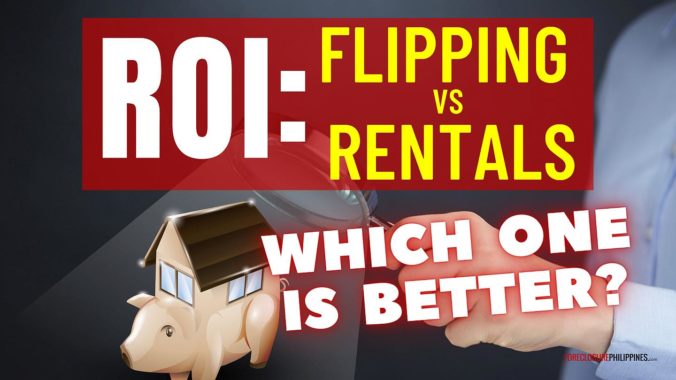
This is a contributed post from Michael Gray, a real estate investor from California who also invests here in the Philippines
A question that I see asked a lot of Jay is, “what is a good ROI (Return On Investment) for a rental?” To which Jay replies that while it is not always possible, it is good to shoot for around 1% per month (the 1% rule), though usually 0.5% or higher can be good. Let’s find out if this still applies these days…
This is a good rule of thumb. As usual, Jay is correct.
I can hear people responding: “1% per month is only 12% per year, so how is that better than what I can make flipping a property?”
Let’s look at an example to illustrate the question
I am looking for a house with an After Repair Value (ARV) that’s around 1 million pesos. I find one that needs renovation in order to reach that 1M value. Current appraised value is 700k, but it is for sale slightly under current market value, at 670k.
Since I am buying from BFS, I know that I can get a 40% discount for paying all cash, so I buy it at 402,000. After I put my 98,000 of renovation into the property, it is appraised at my 1M goal, and sells immediately for 1M. That means that I put 500k into the property and I made 500k gross profit when selling the property.
We know that we have to deduct capital gains tax and real estate fees if we used a broker to sell. We also know there are ways to offset some of those taxes and fees, so we will just use gross profit for this discussion.
So, in order to find the ROI, we take the value of the investment, 1M – the cost of the investment, and renovations (500k), and divide the answer by the cost of the investment and renovations (500k). The answer comes to us as 1.00, or 100%.
So on its face, it seems that 100% gross ROI on the flip is much better than the 12% per year that the 1% rule suggests is a good ROI for a rental. Which leads to the question:
“If I can get 100% ROI this year, then why would I want to wait 8 years plus to get the same ROI with a rental?”
And if all this is true, then why would Jay say that the goal of this game is to acquire as many good rentals as possible, and when you find a good rental, you should keep it?
These are all great questions, and I will show why Jay is 100% correct.
ROI is not necessarily ROI on Rentals
When you look up ROI on Investopedia, which is a very good source of investment vocabulary, it tells you what ROI is and the formula for finding it:
ROI = (Current Value of Investment – Cost of Investment) / Cost of Investment
Under the formula, it says the following: “Current Value of Investment” refers to the proceeds obtained from the sale of the investment of interest.”
In a rental situation, you do not sell the property—you keep it, so it does not compute exactly for ROI.
This is one reason why Jay says that the 1% rule is more of a “rule of thumb” than an actual rule.
It is more of a quick reference measure that we use during the evaluation process in order to quickly compare multiple properties and help us pick out those with the most potential.
Remember: as Jay teaches, we are going to be using the 100/10/3/1 rule of investment. This means that we will look at 100 properties.
Out of those 100 properties, we will like find about 10 that qualify for deeper evaluation.
Out of those 10 properties, there will likely be only three that pass the scrutiny of deeper evaluation and we will make offers on.
Out of those 3 offers, there will usually be just 1 in which the terms and financing are acceptable for us to follow through and purchase.
Remember, if all three offers get accepted, then you are offering too much.
This is a negotiation, so you should generally plan on your first offer getting rejected or at least countered. If all offers get flat out rejected, you are likely offering too little.
With experience, you will find the balance. The point is that you will be analyzing a lot of properties, and the 1% rule is a nice way to quickly weed out properties with too low of a return.
Actual Return on Rental Investments
So, what is a good way to measure the actual return on Rental Properties?
In short, there is not one that I know of, which is why we use some “rules of thumb” to help us efficiently analyze multiple properties.
Some say to just use the cash-on-cash return, which is also a very good and important metric, and is yet another rule of thumb.
I have not spoken directly with Jay about the cash-on-cash return and his personal use of it, but I generally tell those whom I mentor that I will buy any investment with a 25%+ cash-on-cash return (COCR).
However, I am always aiming for infinite COCR, which occurs when the net monthly income from a property is equal to, or higher than the cash outlay. We will leave that metric for another article.
The point is that like the 1% rule, it cannot really capture the actual return on the rental, and the reason why Jay says that when you find a good rental, you should buy it and keep it.
Also, why Jay says that the goal of this game is to acquire as many good rentals as possible. Here is why:
In order to illustrate the actual return on rental investments, we will use the exact same example as the flipping property ROI, with the exact same assumptions.
After-all, finding the best rental property is exactly the same as finding the best property to flip. There is only one difference, which is the final step, and one caveat, which we will get to in a moment.
So, imagine that we went through the same process as above and bought the exact same property for 402,000 pesos, renovated it for 98k, and ended up with the ARV exactly the same: Appraised at 1M.
Now we get to the difference and the caveat…
The Difference and the Caveat
In the flipping example, this is where we would sell the property for that 1M pesos and collect our 500k in gross profit, or a gross ROI of 100%—the final step. As mentioned above, the final step is where the difference in the two strategies occurs.
Instead of selling the property and simultaneously collecting the ROI and bidding farewell to the property, we will rent it out at the market rate. Finding the market rate can be done via a good property management company or via rental survey.
Once the property is rented under a lease contract, it will usually appraise for a bit more, but we will stick to the 1M appraised value for this exercise.
While I was discussing this with Jay, I wanted to pick rates and terms that are as conservative as possible. You can often do better than these, but we like conservative assumptions.
You perform a cash-out refinance at 70% Loan to value (LTV) at an interest rate of 10% for 10 years. The lower the rate and/or longer the term, the better. Also, it must have no prepayment penalty. Some banks and/or finance companies offer these.
However, as Cherry (Jay’s wife) says, this is where the calculation for their own income forecasts come from and some banks want to keep that predictable income intact (which is why most will charge pretermination fees) .
Luckily, there are many banks who love lending on equity, especially at only 70% LTV. So you can find one with no prepayment penalty if you look.
70% of 1M appraised value puts 700k gross into your pocket, and adds a monthly mortgage payment of around 8-9k, depending on the terms.
This is where the caveat comes in. The caveat is that your property must be in an area in which the market rental rate for a freshly renovated property comparable to yours is higher than the mortgage.
I shoot for 12-15k on a deal like this, but anything above the mortgage expense is acceptable because it makes your investment cash flow positive on day one.
There will likely be some closing costs, including the appraisal, but they are negotiable and sometimes avoidable all together, so as in the flipping scenario, we will use gross figures for this example as well.
Now, the natural tendency is to say that you put 700k gross ROI into your pocket this way. Do not fall for that trick.
Return Does Not Stop There (or anywhere else)
While it is, in fact, tempting to call that 120% gross ROI, the intelligent investor (which you obviously are because you’re here reading this) does not stop there. That is not ROI because it is not proceeds of a sale.
Further, it is not capital gains for the same reason, hence, not taxable. It is a loan that is being paid by your tenant, so it cannot even be considered profit. It is simply phantom profit, on paper, that puts 700k of real cash into your pocket while producing a monthly income of 3k/month if we use the higher mortgage payment (9k) and lower rental rate (12k), as Jay correctly calls the most conservative estimates.
It is important to note here that the initial 500k is still the only cash outlay from your savings, yet you have 700k gross in your pocket and a positive net monthly income.
Out of the 700k gross now in your pocket, you can repeat the process, which is buy that undervalued property for huge cash discount (402k), renovate it with the 98k, rent it out, and refinance it and still have 200k gross left over. 100k for living expenses/luxuries, and you can add 100k to the net monthly cash flow, and make a principal payment on your oldest mortgage.
If you can do at least 6-7 deals per year, then you can pay off at least one mortgage per year in full. This will give you a net monthly cash flow raise equal to the cost of your mortgage payment.
Now, this raise can be used to add to the monthly principal payment on the oldest mortgage, to get it paid off much faster, along with the rest of the net monthly cash flow, or you can cash out on the equity again and put another 700k in your pocket. It is completely up to you!
If you decide to do another cash-out by refinancing, then can use that 700k to buy another property under the same terms as the first two, and take the remaining 200k and take the family on a vacation, or whatever you want.
It continues to give you returns over and over, permanently.
That is the beauty of a good rental property and why Jay is absolutely correct, as usual, that you should buy and keep as many as you can get your hands on.
Keep in mind: in this scenario, you have used your initial investment of 500k to acquire two properties with positive net monthly cash flow, and put 1.4M in cash into your pocket—the investment continues on repeating like this.
So, what is your ROI? See the problem?
Conclusion
There is no formula or metric that I know of that can capture, what Warren Buffett would call, the “intrinsic value” of a good rental property.
The reason is because there is no sale, and it keeps giving returns indefinitely.
It also continuously gives you tax incentives.
Just to put things into context, and prove Jay’s strategy correct again when he says that 1% monthly ROI is a good rule of thumb, but anything over .5% per month can be an excellent deal, let’s look at this example:
Using the most conservative numbers of mortgage expense at 9k and market rent of 12k/month, we take the monthly rent and divide it by the total cost of investment. So 12k – 9k = 3k. And then 3k / 500k, and we get .006, or just over a half a percent .6%.
This is a fantastic deal that is at 0.6% of the total investment cost/month. If we get better terms on the refinance and rental, say 9k/month mortgage expense and 15k rental rate, there is our 1% (1.2% exactly).
So, what if you do not have half a million pesos to invest?
Well, as Jay says, flipping properties is a great way to build up the capital required to invest in rental properties. Jay has given us exactly what we need in his course. If it is followed, you will be a successful, intelligent investor, who can get these kinds of returns. Good luck!
Michael Gray is a cash-flow real estate investor from Los Angeles, California who has personally acquired over 45 rental units for himself as well as hundreds more on behalf of the private equity fund he manages. He also runs a full-service property management company, which currently has over 300 units under its care. After months of research in 2019, he relocated to the Philippines to take part in this flourishing economy and real estate market. After enrolling in Jay’s course on buying foreclosures here in the Philippines, Michael has adopted Jay as an unofficial mentor, and writing a few articles to help Jay in his mission is his way of giving back for the priceless information and experience Jay has shared with him.


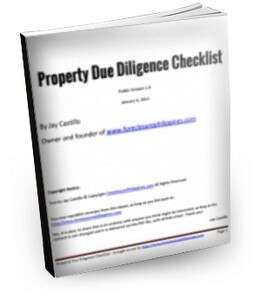
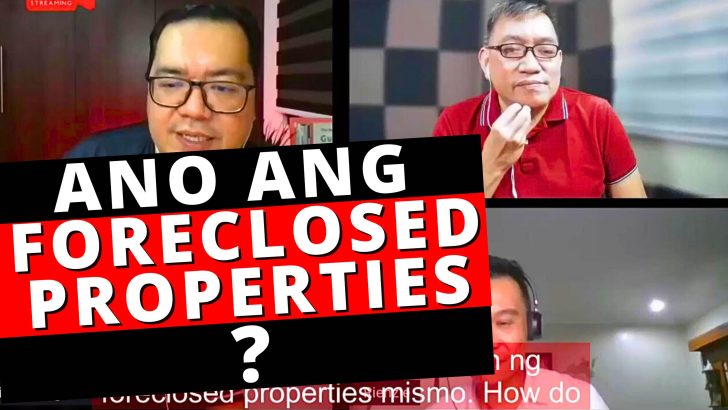
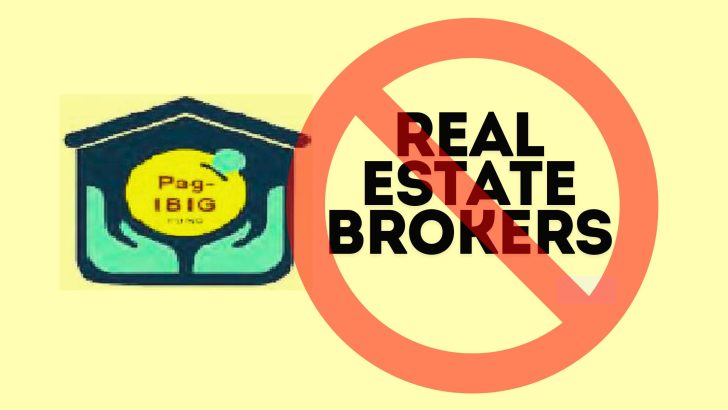
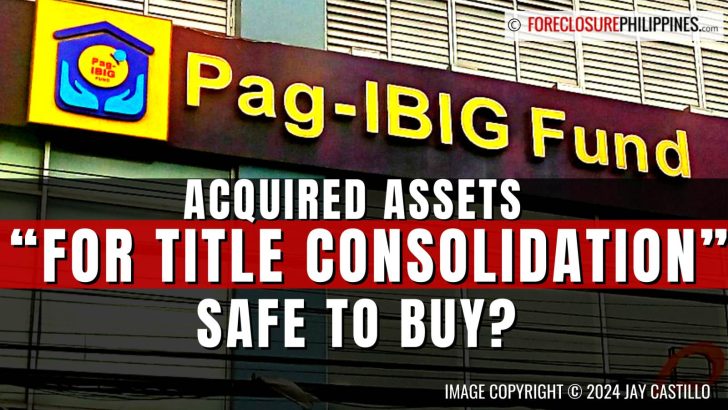

![Why invest in foreclosed properties in the Philippines? + Top things to consider [Video] 6 Why invest in foreclosed properties in the Philippines? + Top things to consider [Video]](https://www.foreclosurephilippines.com/wp-content/uploads/2023/03/video-how-to-invest-in-foreclosed-properties-in-the-philippines-v3-728x410.jpg)

Hi sir Jay.
Do you have online course?
Can i join?
– hanzel
HI Hanzel, thanks for the interest in my training. Yes I have an online training and enrollment for the next batch will open very soon (within April 2021). Sorry it got delayed because I haven’t finished updates and adding new content. You can join the waiting list to get notified when enrollment re-opens on this page: https://courses.foreclosurephilippines.com/p/waiting-list
Got it sir.
Ill just wait for the notice about the enrollment next month.
Thanks again
You’re welcome Hanzel, I look forward to seeing you in the training!
good topic
Thank you Juan Mark!
Hi, this is a really interesting concept and it changed my perception towards rental properties. However, I would like to ask to elaborate more on “cash-out refinance”. In the sample, the property was bought and renovated at 500k, paid in cash. What’s there to refinance if the property was not loaned to begin with? I researched about refinancing and all the explanation is about replacing the existing or original loan. Can you explain more about this? I maybe am just confused. Thanks!
Hi Rey, I hope you won’t mind if I explain on behalf of Michael. Cash-out refinance basically means you get a loan to get cash out of a property. I guess the “re” in refinance is causing the confusion because there is no loan to begin with (it was paid in cash at the start). However, it has become some sort of a standard to refer to it as REfinancing when we get a loan for a property later (whether we purchased it via cash or through a loan). It can also be referred to as an equity loan. I hope my explanation makes sense.
Hello Jay, thank you for responding to my question. It makes total sense to me now. I am really amazed that strategies like this exist and that you are sharing it to us. I haven’t bought any foreclosed properties yet but I’ve been a subscriber for a few years now and I’am always convinced that when I start doing this business I should do it by flipping properties to build capital first until I read this material and made me understand that there’s better potential in rental properties. For that, thank you very much. More power to you and Michael.
Awesome, thank you also Rey! Happy to see you’ve been with us through the years. 🙂